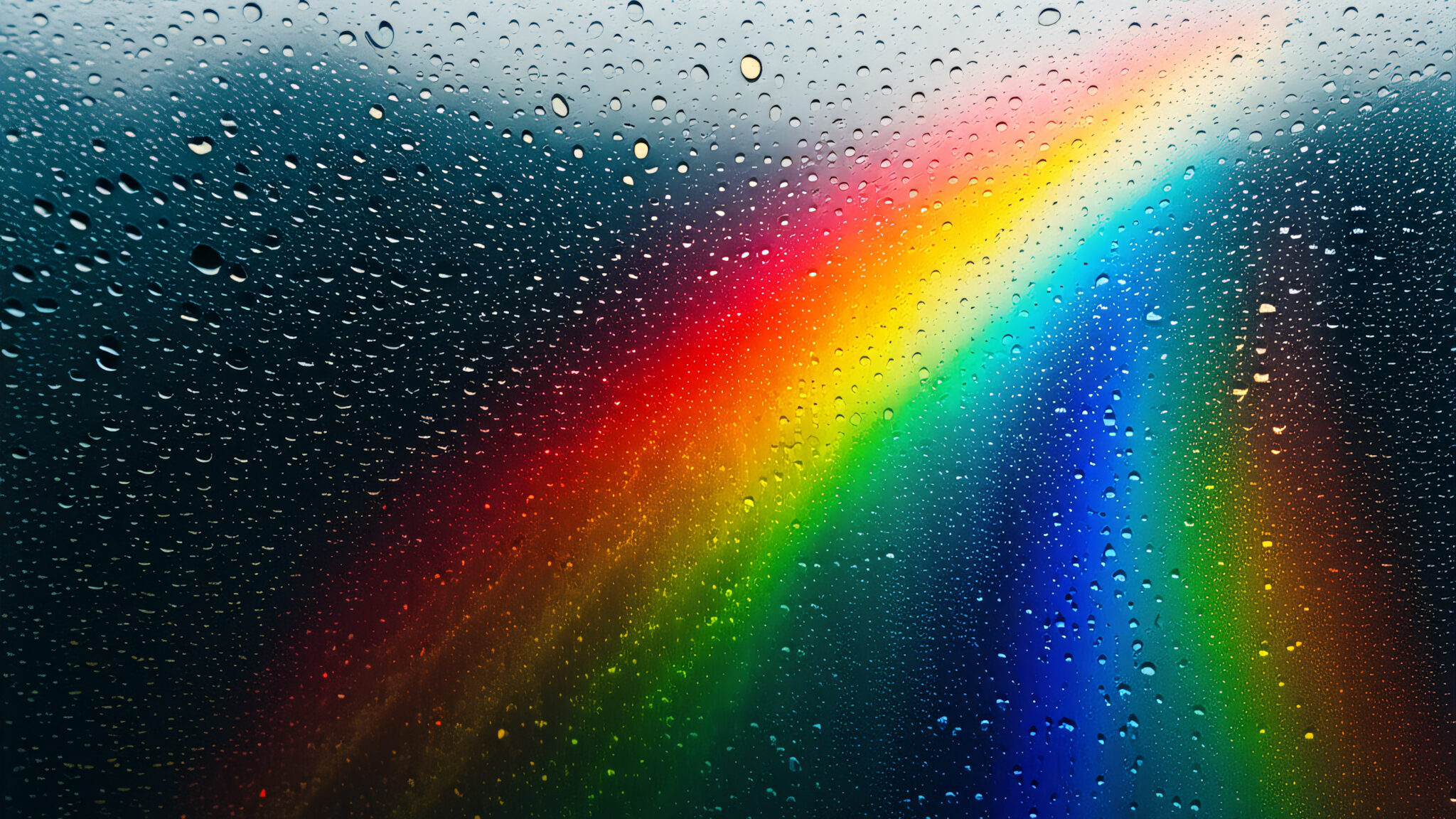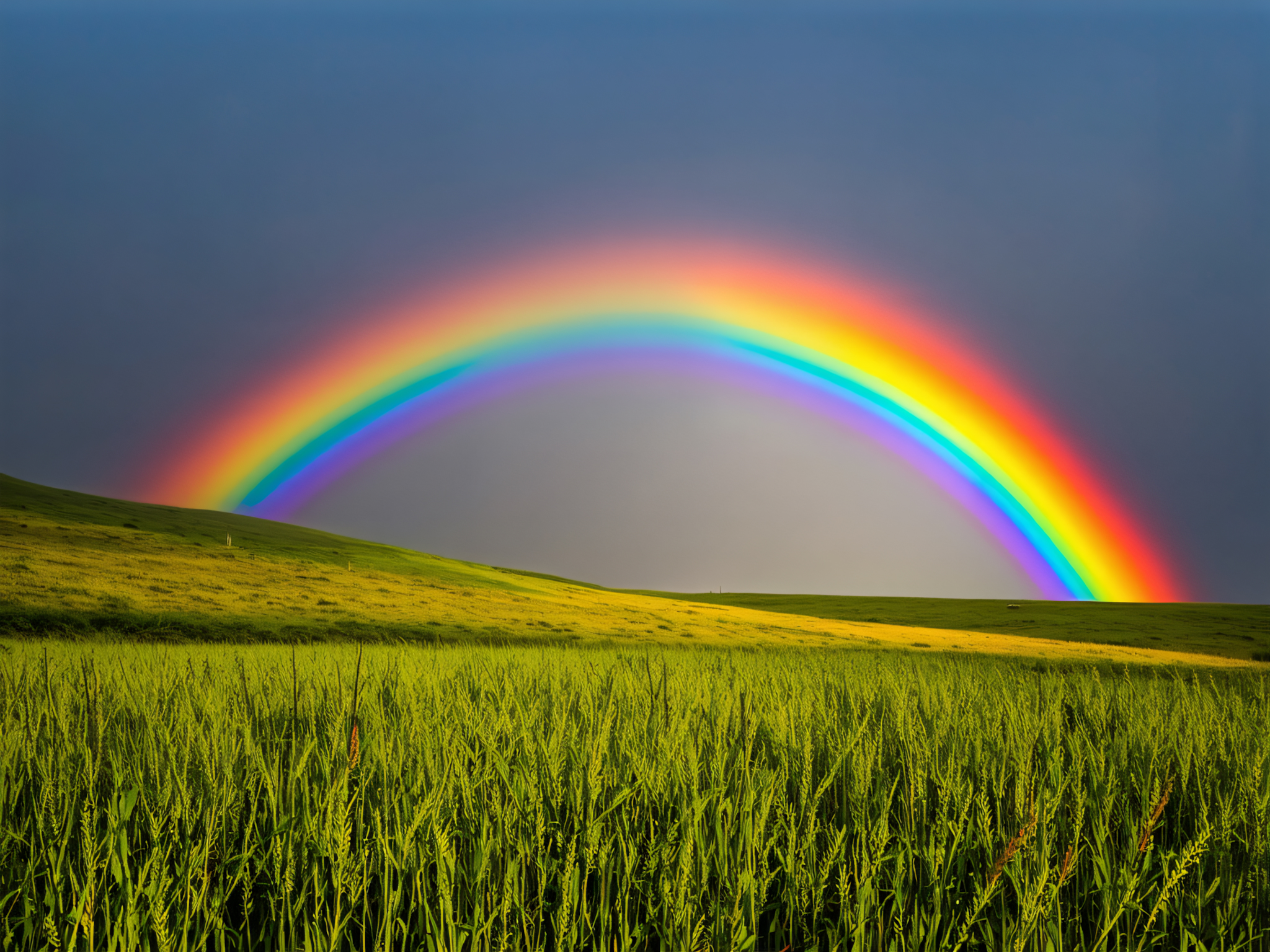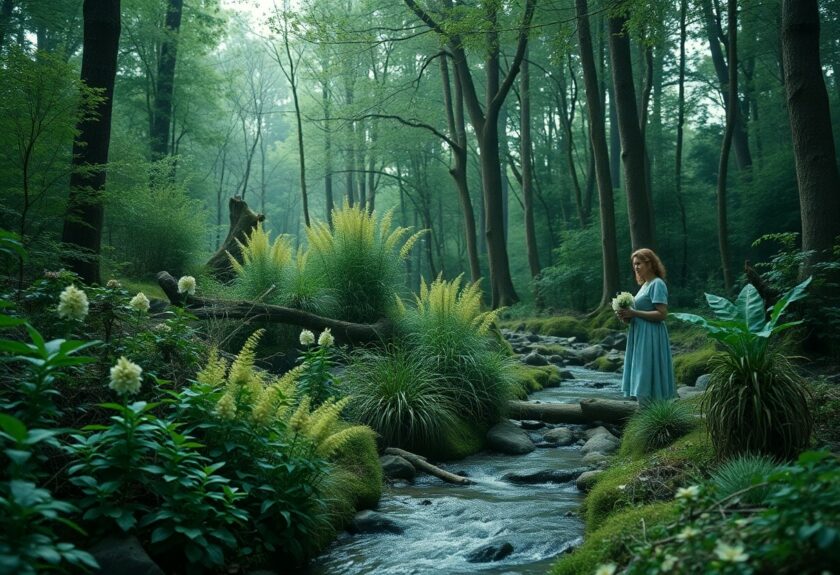Rainbows have long captivated our imagination, serving as symbols of beauty and wonder in nature. But have you ever stopped to consider the science behind their mesmerizing arcs? In this post, we’ll explore the intricate physics that creates rainbows, addressing common misconceptions and revealing the fascinating phenomena that contribute to their formation.
The Basics of Rainbow Formation
To create a rainbow, three essential elements are required: sunlight, raindrops, and an observer. When sunlight encounters raindrops, it undergoes a process of refraction, reflection, and dispersion. This process transforms the white light of the sun into a spectrum of colors, which we perceive as a rainbow.
The key to understanding why rainbows are curved lies in the behavior of light as it interacts with raindrops. When light enters a raindrop, it slows down and bends due to refraction. This bending occurs because light travels at different speeds in different mediums; for instance, it moves slower in water than in air. The angle at which light enters the raindrop determines how much it bends, leading to the formation of a cone of light that emerges from the droplet.
The Role of Caustics
One of the most intriguing aspects of rainbow formation is the concept of caustics. As light reflects off the back surface of a raindrop, it creates a concentrated beam of light at a specific angle. This concentration of light rays is known as a caustic. The maximum scattering angle for red light, for example, is around 42 degrees below the horizontal, while blue light scatters at a slightly shallower angle.
This phenomenon explains why the colors of a rainbow are arranged in a specific order, with red on the outside and violet on the inside. The varying angles of maximum scattering for different colors result in the distinct bands we observe in a rainbow.

The Geometry of Rainbows
The geometry of light reflection and refraction is crucial to understanding why rainbows appear as arcs. When you look at a rainbow, you are seeing light that has been refracted and reflected from countless raindrops, each contributing to the overall effect. The angle at which the light reaches your eye determines which colors you see. For instance, to see red, the light must come from a raindrop that is positioned at a 42-degree angle relative to your line of sight.
This unique perspective means that no two observers see the same rainbow. Each person’s position relative to the sun and the raindrops creates a distinct visual experience. In fact, even your left and right eyes perceive slightly different rainbows due to their different angles.
The Influence of Polarization
Another fascinating aspect of rainbows is their polarization. Light from the sun is unpolarized, meaning its electric fields oscillate in all directions. However, when light reflects off the back of a raindrop, it becomes polarized. This polarization is strongest at the top of the rainbow, where the light is primarily horizontal.
Polarized sunglasses can affect how we perceive rainbows. When the orientation of the sunglasses aligns with the polarization of the rainbow light, the colors can appear more vibrant. Conversely, if the sunglasses are oriented perpendicular to the polarization, they can diminish or even eliminate the visibility of the rainbow.

The Double Rainbow and Beyond
While a single rainbow is a stunning sight, double rainbows are even more captivating. A double rainbow occurs when light reflects twice inside a raindrop before exiting. This additional reflection creates a second, fainter arc with inverted colors. The area between the two rainbows is known as Alexander’s Dark Band, where no light is reflected at certain angles.
Beyond double rainbows, there are also phenomena like supernumerary rainbows, which appear as additional bands of color inside the primary rainbow. These occur when light waves interfere with one another, creating a series of light and dark bands. Supernumerary rainbows are most visible when the raindrops are small, as the interference effects are more pronounced.
Glories and Brockenbows
In addition to traditional rainbows, other optical phenomena like glories and brockenbows can occur under specific conditions. Glories are circular patterns of color that appear around the shadow of an observer when viewed from a misty or foggy environment. They are caused by the same principles of light scattering and interference, but they manifest in a much smaller angular range, typically only a few degrees wide.
Brockenbows, on the other hand, are similar to glories but are observed when the sun is behind the observer, casting their shadow onto a cloud or fog. The result is a stunning halo of colors surrounding the shadow, creating a magical visual effect.
Conclusion: The Beauty of Understanding
Rainbows are not just beautiful natural phenomena; they are also a testament to the intricate laws of physics that govern our world. By understanding the science behind their formation, we can appreciate the complexity and wonder of these colorful arcs. From the role of refraction and reflection to the influence of polarization and the geometry of light, each aspect contributes to the unique experience of witnessing a rainbow.
As we continue to explore the natural world, let us embrace the joy of learning and discovery. The next time you see a rainbow, take a moment to reflect on the science that makes it possible, and remember that each observer experiences a unique optical illusion, shaped by their perspective and the interplay of light and water.




